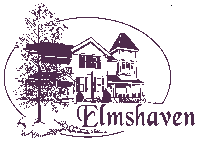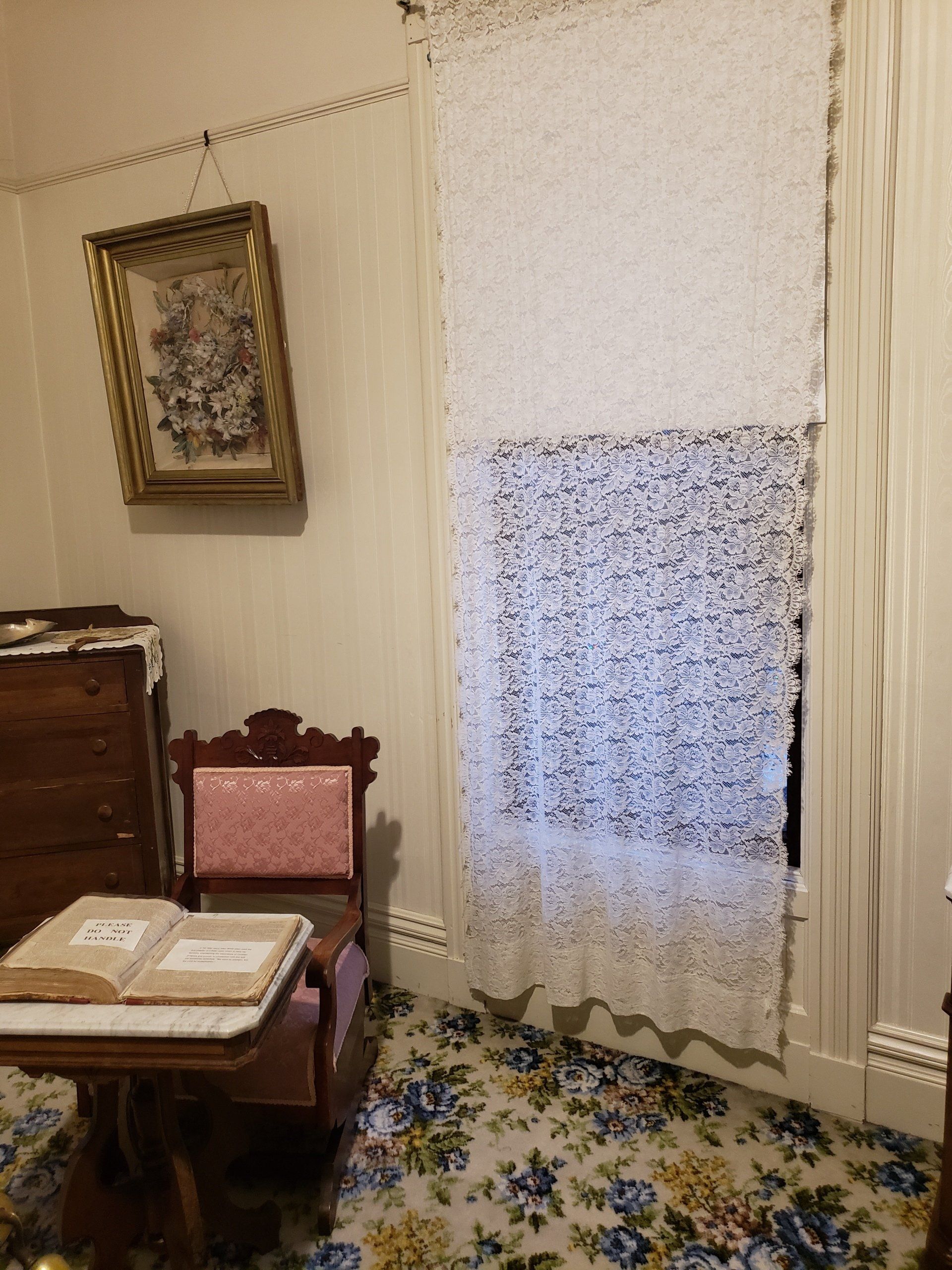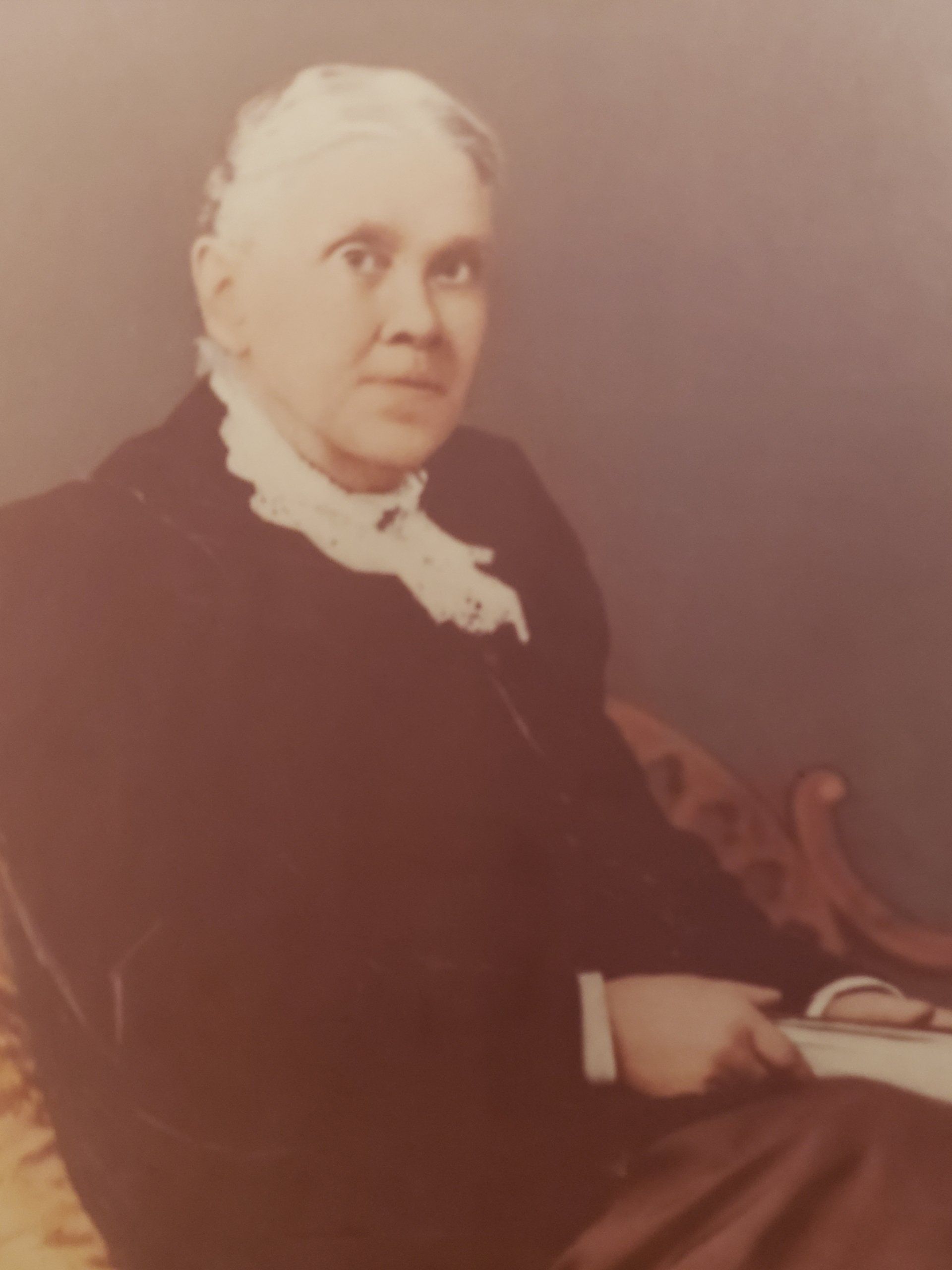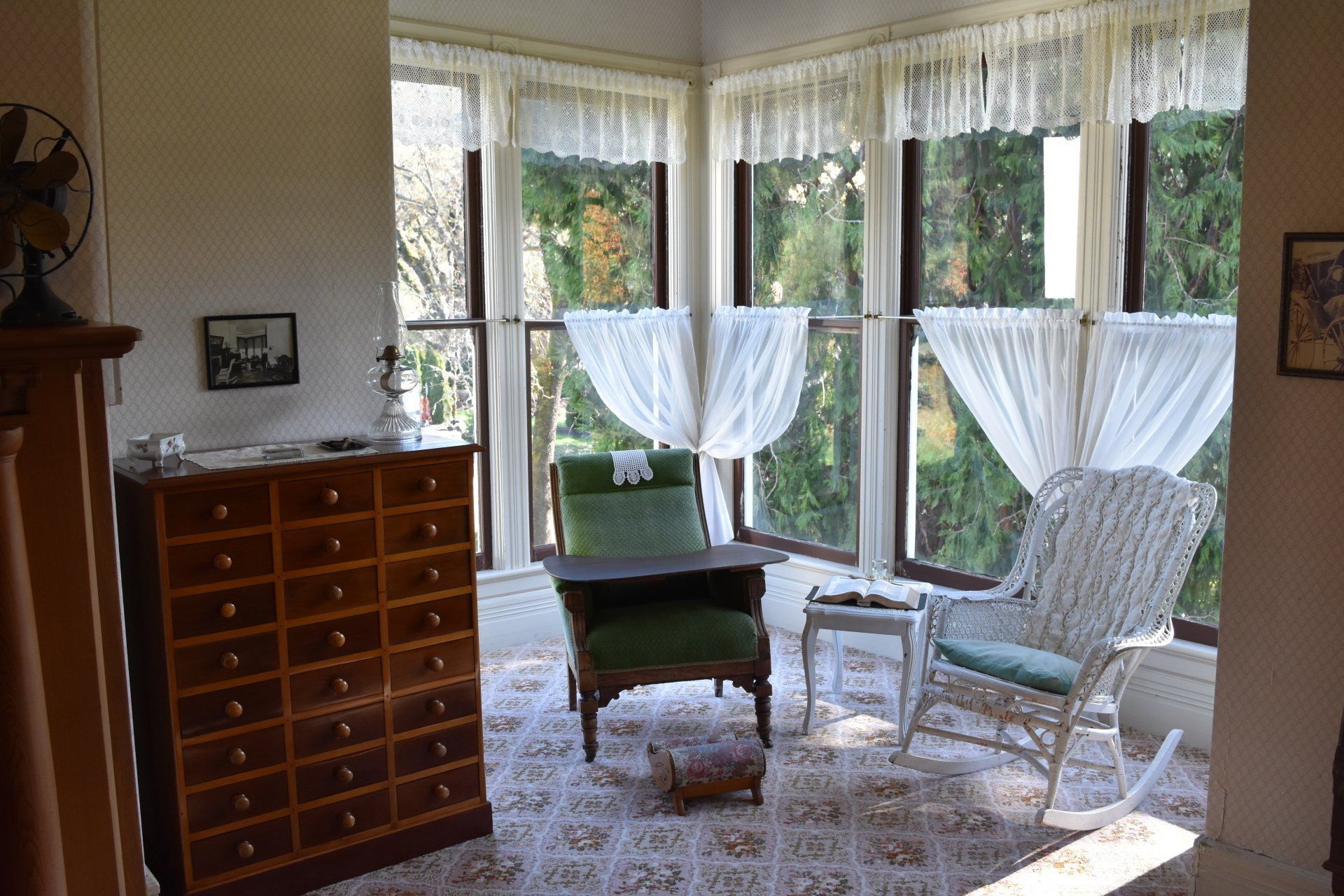Elmshaven
History
The Robert Pratt Place
IDuring the gold rush era of 1849 and 1850, three brothers from Freeport, Maine—Robert, George, and William Pratt—set sail for San Francisco, each in pursuit of fortune. Although their mining efforts yielded only modest success, the brothers, all in their twenties, pivoted to stock raising, farming, and construction, amassing significant property in northern California.
In 1871, William acquired land in Napa County, north of Glass Mountain, an area once used as an Indian stronghold, and later divided the land with his brother Robert. Robert's portion encompassed the Elmshaven estate, while both brothers jointly owned the remarkably dependable Crystal Spring on Howell Mountain's slope.
George became a prosperous vineyard owner in St. Helena, while William continued to farm and joined the Seventh-day Adventist Church in 1873. In 1877, he played a pivotal role in founding a medical institution known as The Rural Health Retreat, donating ten acres of his hillside property, his half share in Crystal Spring, and financial support. This facility would eventually be renamed St. Helena Hospital and Health Center, which continues to provide medical services within walking distance of Elmshaven.
Robert Pratt shifted his focus to the railroad sector, participating in the construction of rail lines through the Sierra Nevada. Ultimately, he served as the Assistant General Superintendent of the Southern Pacific Railroad. During this time, he built the sturdy residence that is now known as Elmshaven.
In the early 1900s, as his children had grown and moved away, the property known as "Robert Pratt Place," encompassing 74 acres and a half interest in Crystal Spring, was put on the market. Faced with a pressing need for sufficient water for The Rural Health Retreat and land for sewage disposal and a health food factory, the manager, John A. Burden, quickly facilitated the purchase of the property. At that time, he was uncertain about the future of the residence and the remainder of the farm. However, this dilemma was swiftly resolved with the arrival of Ellen White and her group later that fall.
Ellen White, Pioneer
Ellen White and her publisher-husband, James White, both prominent figures in the founding of the Seventh-day Adventist Church, made their first trip to California in 1872. Within two years, James launched the well-known weekly religious journal, Signs of the Times, which continues to be published as a monthly magazine today. He also established Pacific Press, a publishing house based in Oakland, which for many years stood as the largest and most well-equipped publishing facility west of the Rocky Mountains. Currently, Pacific Press operates from a significantly expanded facility located in Nampa, Idaho.
Following her husband's passing in 1881, Ellen White, alongside her son William, played a vital role in the establishment and development of a liberal arts college in Healdsburg, California, which is now situated in Angwin as Pacific Union College.
Moreover, she offered encouragement and support for Loma Linda University in Southern California, renowned for its esteemed medical center and various schools, including those dedicated to medicine, dentistry, nursing, public health, and pharmacy. Ellen White was deeply committed to founding and sustaining a network of medical institutions throughout North America, with the St. Helena Hospital and Health Center being among the earliest. This network also includes Glendale Adventist Medical Center (located near Los Angeles), Paradise Valley Hospital (in San Diego), and Loma Linda University Medical Center. A major hospital in Los Angeles honors her legacy with the name White Memorial Medical Center.
Ellen White is widely recognized for authoring 60 religious books, many of which have been published in numerous languages. Remarkably, several of these titles achieve annual sales that surpass the lifetime sales of the average book—decades after her passing in 1915. The total yearly sales of her works reach into the millions.
Ellen White at Elmshaven
During her later years at Elmshaven, Ellen White produced nine significant volumes that are still in circulation today and crafted hundreds of articles for various church publications.
After spending nine years in Australia engaged in rigorous pioneering work, Ellen White, along with her son William, his family, and her editorial team, arrived in San Francisco in September 1900. Although she had no definitive plans for her new home, she felt a deep assurance that a "haven" awaited her somewhere. At the age of 72 and with several future book projects in mind, she preferred to be close to the Pacific Press, located then in Oakland.
After several days of challenging house hunting, she was encouraged to rest at the Rural Health Retreat in St. Helena and reconnect with old friends. During her visit, she confided in a friend, Mrs. Ings, about her struggles. Mrs. Ings informed her that the Robert Pratt home was on the market. Eager to check it out, Ellen White discovered a charming seven-room house situated on a knoll in the center of a 60-acre property. The land ranged from fertile river-bottom terrain on the west to the mountains on the east, extending up the steep hillside. The fully furnished house and farm structures were available for $5,000.
Ellen White saw this property as a divine provision perfectly suited to her needs, and she promptly signed the necessary documents to gain immediate possession. She and her team moved in on October 16, just 25 days after arriving in San Francisco.
"This is a truly beautiful location," she wrote to a friend. "The surroundings are delightful." She described the ornamental trees from various parts of the globe, vibrant flowers and shrubs, and extensive orchards, among other features. To the east of the house lay "the farmer's cottage," which could be easily transformed into an office. Adjacent to it were a barn and stable, fully stocked with livestock and equipment. The springs at the foot of Howell Mountain would provide a reliable water supply, and there were multiple suitable sites for homes for her staff.
Ecstatic, Ellen White wrote to her friends: "It's as if we've stepped from our 'Sunnyside' home in Cooranbong [Australia] into a ready-made residence, without any effort on our part." (Letter 146, 1900).
Known previously as the "Robert Pratt Place," Ellen White decided she needed a new name for the countless letters and documents that would originate from her new home and office. Someone suggested "Shady Elms," inspired by the row of elm trees lining the front of the house. A few days later, "Elmshaven" was noted at the top of a letter, and thus, it has remained.
Development
Ellen White either gave or sold building lots to her son, William, as well as to other helpers. Nonetheless, there remained plenty of land suitable for orchards, vineyards, gardens, berry patches, hay fields, and pasture for cows. When she acquired the property, there were 2,000 prune trees already planted in the orchards. The vineyard of wine grapes was quickly replaced with table grapes.
In 1903, an eight-room, two-story office building was constructed north of the house. By 1907, a library and manuscript vault were added. Additionally, a "dipping shed" for processing prunes was established close to the orchards. To complement the spring water, a well was dug near the dipping shed, along with a four-story tank tower built next to the washhouse-woodshed to the northeast of the residence. A windmill located at the well pumped the water, while a furnace in the tank house basement provided hot-water heating for Elmshaven in the later years of Ellen White's life.
The barn, horse stables, and carriage shed, situated about a hundred yards (approximately 90 meters) to the east, served as the hub of farm operations. Just north of the barn, a building known as the fruit shed was constructed to handle dried fruit produced on-site or purchased and processed by what was called "The Home Fruit Company." The dried fruits helped supplement the limited diets of numerous church workers and foreign missionaries.
The Elmshaven complex was primarily self-sufficient, offering not only living and office spaces but also a plentiful and varied food supply.











